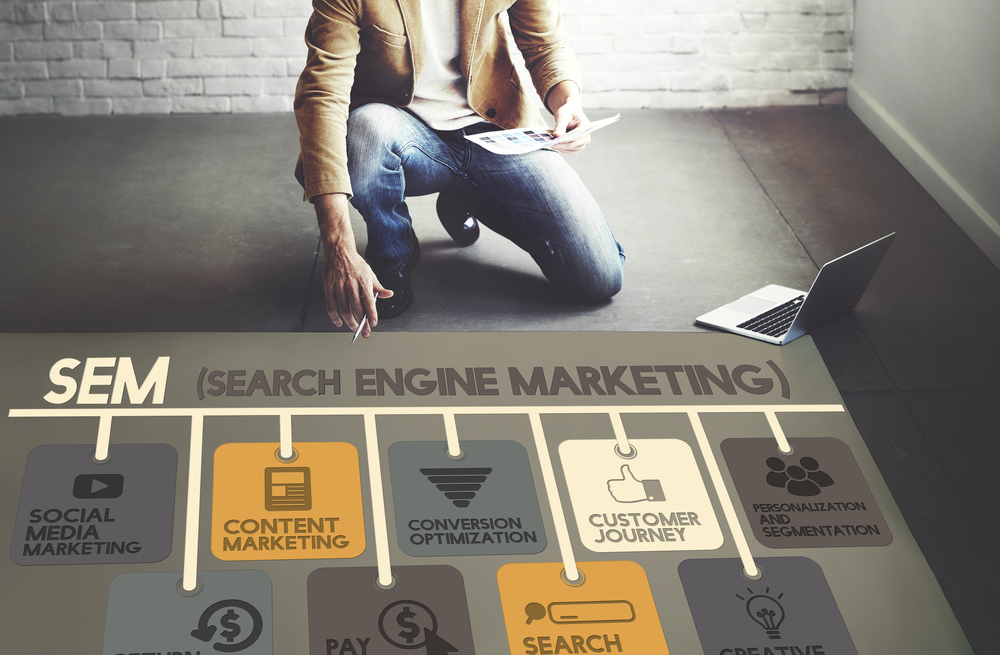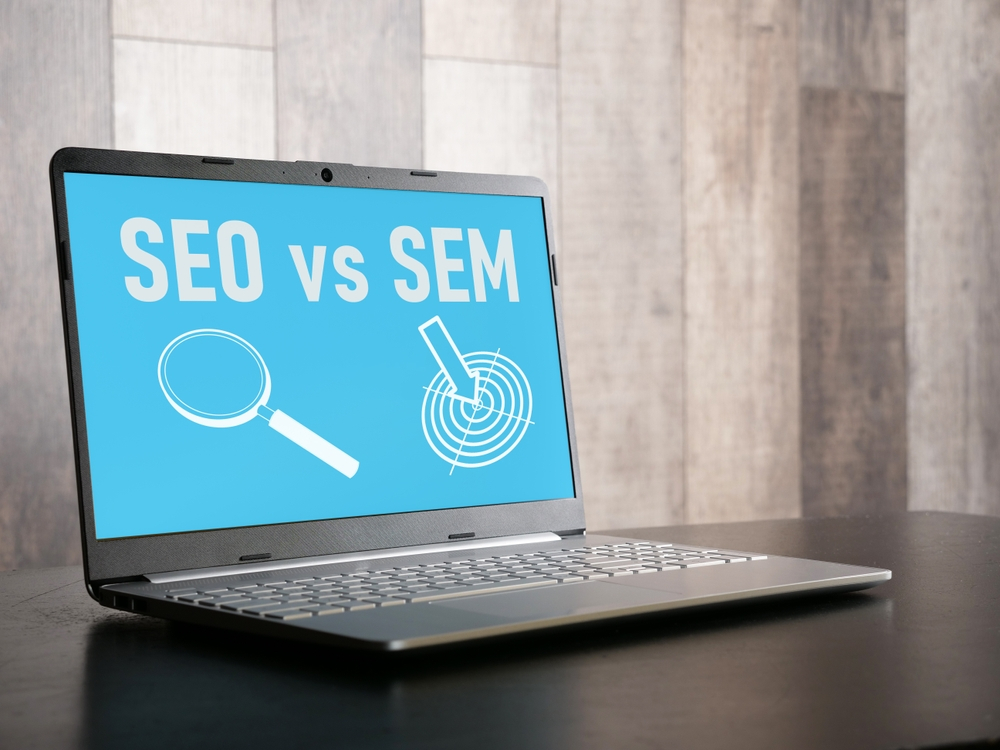In the complex world of digital marketing, the acronyms SEO and SEM are often used interchangeably. However, understanding their distinct differences is crucial to developing an effective online marketing strategy. This comprehensive guide by Denali & Associates dives into the intricacies of Search Engine Optimization (SEO) and Search Engine Marketing (SEM), helping you choose the right approach for your business.
Understanding SEO and SEM: The Cornerstones of Digital Marketing
SEO is a method of optimizing your website to achieve higher rankings in organic search results. It involves improving site structure, creating quality content, and building authoritative backlinks.
On the other hand, SEM encompasses both SEO and paid advertising strategies like Pay-Per-Click (PPC) to increase visibility on search engine results pages (SERPs). It’s essentially a broader term that includes SEO and other search marketing techniques.
Dissecting the Differences: Goals, Strategies, and Tactics
While SEO and SEM share the common goal of increasing website visibility, they differ significantly in strategies and tactics.
- Goals: SEO is a long-term strategy aimed at building a strong online presence and achieving sustainable organic traffic. SEM, meanwhile, is geared towards quick visibility and immediate results, ideal for short-term campaigns or promotions.
- Strategies: SEO strategies include keyword optimization, improving site speed, mobile-friendliness, and creating engaging content. SEM strategies encompass these SEO actions, along with paid advertising campaigns like Google Ads and Bing Ads.
- Tactics: SEO tactics focus on earning clicks organically, while SEM tactics involve bidding on keywords to secure prominent ad placements on SERPs.
SEO and SEM in Action: A Practical Perspective
Let’s consider a real-world example. If you run an e-commerce store selling handmade candles, SEO efforts might involve creating blog posts around ‘how to choose the perfect scented candle’, optimizing product descriptions, and earning backlinks from influential home decor sites.
In contrast, an SEM approach would include these SEO actions, plus running PPC ads for keywords like ‘buy scented candles online’. While SEO might take several months to show results, SEM campaigns can attract immediate clicks and conversions.

Finding the Right Balance: A Holistic Approach
While SEO and SEM have distinct strengths, marketers should aim for a synergistic balance between both. By leveraging organic and paid search strategies together, businesses can achieve maximum visibility on SERPs, attract targeted traffic from diverse sources, and ultimately, boost conversions.
Some key tactics for a holistic approach include:
- Conducting keyword research to identify high-value keywords for both SEO and SEM efforts
- Creating content that is optimized for search engines and resonates with your target audience
- Running paid ad campaigns focused on specific products or promotions to complement your organic traffic efforts
- Regularly monitoring and analyzing data from both SEO and SEM campaigns to inform future strategies.
Weighing the Pros and Cons: SEO vs SEM
Both SEO and SEM have their advantages and disadvantages. SEO, while cost-effective and excellent for building credibility, requires time and patience. Conversely, SEM can provide quick results and easy performance tracking but can be expensive, especially in competitive industries.
Keeping Up with Trends: The Dynamic Digital Landscape
Staying updated with the latest SEO and SEM trends is vital. For instance, Google’s recent introduction of the Core Web Vitals as a ranking factor has made user experience a critical SEO consideration. Simultaneously, advancements in automation and AI are revolutionizing SEM bidding strategies.
Choosing the Right Approach: SEO, SEM, or Both?
When deciding between SEO and SEM, it’s important to consider your business objectives, financial resources, and timeframe. If you’re a startup aiming for cost-effective, sustainable outcomes, prioritizing SEO can be advantageous. On the other hand, if you’re introducing a new product and seeking immediate visibility, an SEM approach may be more appropriate. Often, a blend of both approaches produces optimal outcomes.
Getting Started: Your Journey Towards Digital Success
To get started on your SEO/SEM journey, start by understanding your audience, conducting keyword research, and setting clear, measurable goals. Remember, consistency is key in SEO, and testing is crucial in SEM.
At Denali & Associates, we get that figuring out the SEO and SEM stuff can be tough. Our team of experts is here to help you create custom strategies that drive digital success. Get in touch with us today, and let’s make your online presence shine brighter than ever before!






